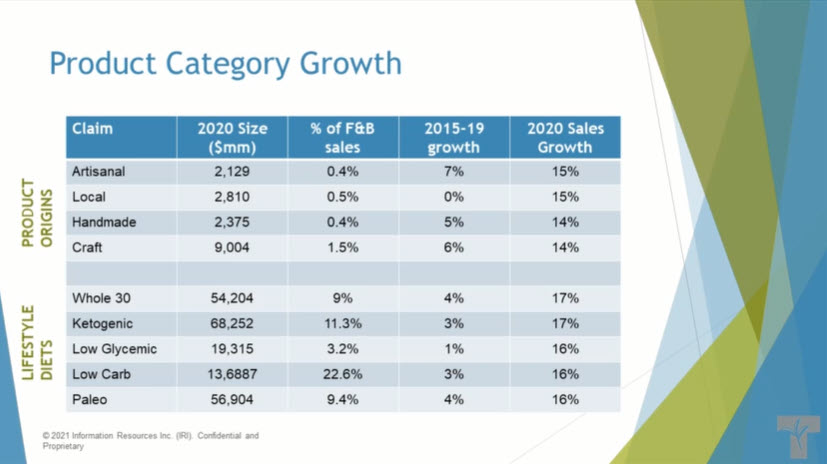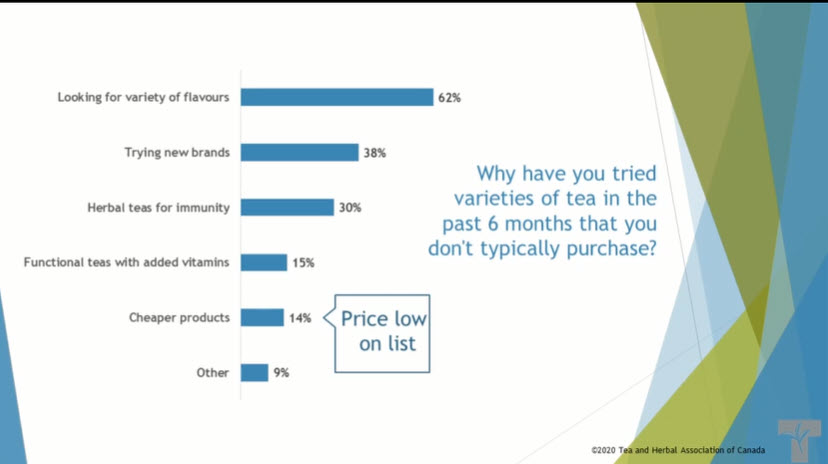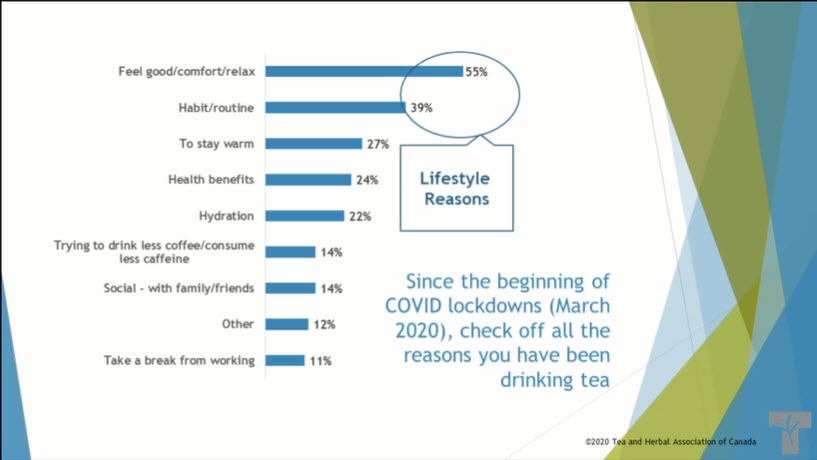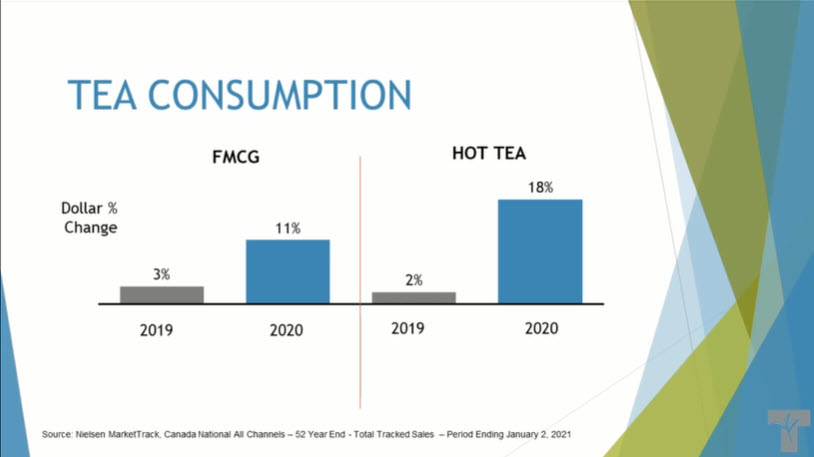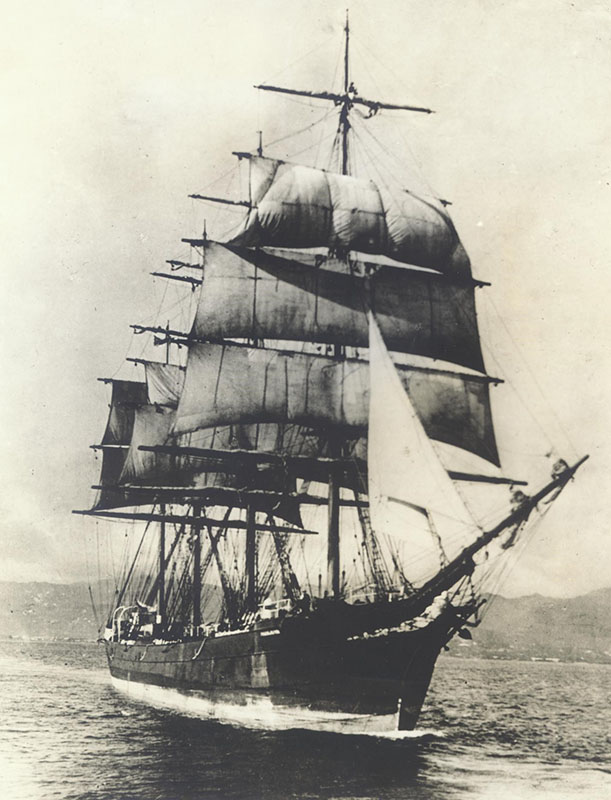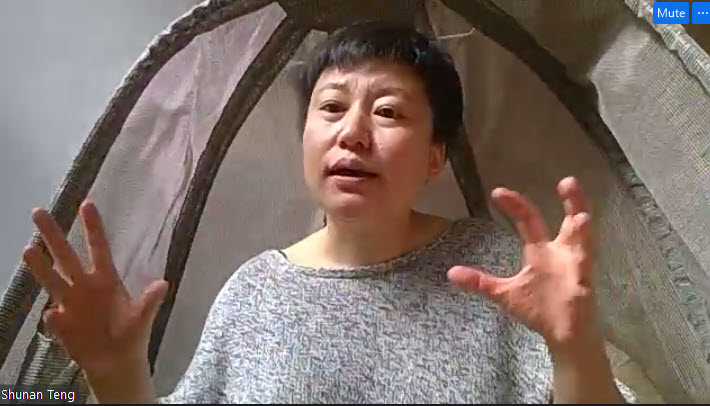Early harvests in China, India, and Kenya sent new teas to market early this year – a fortunate head-start. Unlike last year, labor availability is good despite COVID-19 restraints, tea regions report fine weather, and orderly processing is raising expectations of a bountiful crop. In this segment Jason Walker, spokesperson for Firsd Tea, the US division of the largest green tea supplier in the world, discusses two remaining challenges impeding timely tea delivery.

Finally Under Way
Early harvests in China, India, and Kenya sent new teas to market early this year – a fortunate head-start. Unlike last year, labor availability is good despite COVID-19 restraints, tea regions report fine weather, and orderly processing is raising expectations of a bountiful crop. Two hurdles remain. Transport is stretched to the breaking point as reinvigorated economies stir from pandemic weariness. The second hurdle is cost. Wholesalers, retailers, and importers that last year bore the weight of spiking prices must now make up for lost earnings. Expect significant price increases for both specialty and commodity teas for the foreseeable future.
Tea Biz: COVID-19 and the chaos of lockdowns this time last year presented unique delivery challenges. Describe how the logistical hurdles differ for the 2021 harvest.
Jason Walker: We did see locations and origins that either could not get any tea out at all, or we saw that they could not get anything out on their regular schedule. There were multiple variations of disruption that were happening last year.
For example: Some growing areas in China saw a shortage of workers to harvest the spring crop. Then you may have packing or processing facilities that were locked down or running a skeleton crew. On top of that- even if your workforce could pluck, process, and pack on schedule, shipments could still be hindered
This year we are seeing a more steady flow. We are seeing harvests started earlier. Compared to last year things look like they’re much more on track. Especially in terms of harvest and processing/packing
In October the dollar costs of shipping really started to ratchet up.
Things were behind schedule.Then we started to see there was an inadequate supply of either ships or containers. Things were piled up because of ports that had been closed. Port closures caused shipping routes to get rearranged, and it took time to re-position and resume normal flow.
Then you had increased demand for online retail. Lots of new equipment and personal items were getting shipped. People who used to spend their money on a on a dinner out now buying exercise equipment and things like that. You just have more stuff trying to get on the water at the same time.
It takes months for all that to shift back into what it was. Containers were not even available for weeks sit at ports waiting for days or weeks just to get loaded onto a ship.
I tracked one of our ship’s on Vessel Finder just to see where it was day by day.
I had heard the stories of logjams at LA and Long Beach ports, the online vessel tracking service let me see just how our shipments might be impacted. By taking a screenshot daily, I saw how our shipment waited in a line of ships offshore for about 7-8 days before being cleared to dock and unload.
Every single day we saw it just sitting there waiting its turn to get unloaded.
Then we began hearing stories that some of those ships were returning empty because the rates for East Asia into Western US were four times the going rate.
We are seeing still seeing some of that.
We had to share some of that burden of costs with our customers.
Tea Biz: In 2020 importers, wholesalers, and retailers eased the price shock for consumers by absorbing some of the sharp increase in transportation costs. This year prices are expected to rise with retailers promoting pre-orders and fewer free shipping offers. What advice can you offer to reduce the cost of transporting tea.
Jason Walker: We have been trying to encourage our customers and everyone out there to make their best projections that we can know roughly when you need it. That helps everybody along the line prioritizing the order. It also average out. You may pay higher rates now, but may be able to offset that later as the cost of things goes down and we all can adjust our prices.
Projections essentially help ease the strain on the logistics chain. Container shipments, warehouses, and truckers are better equipped to send and receive the right amounts of product while compensating for delays caused by a strained system. The alternatives are to either overprepare (potentially overwhelming the system), or under-prepare and risk being left without. We recognize it can be tough to make projections in these unparalleled circumstances but the benefits outweigh the costs. Depending on the size of the customer and their orders, clients are providing 6-month or quarterly projections. As a result we have seen fewer interruptions due to better planning. Observers in ocean freight, major ports, and domestic trucking all indicate the overall instability may continue until late spring or early summer.
Firsd Tea has been tracking and sharing updates we receive from logistics partners and sharing that via our newsletter and blog:
Shipageddon: Plan Ahead
Shipageddon: Continues Through Chinese New Year
Shipageddon: November Update
Link to share this post with your colleagues.
Signup and receive Tea Biz weekly in your inbox.
Never miss an episode
Subscribe wherever you enjoy podcasts:








